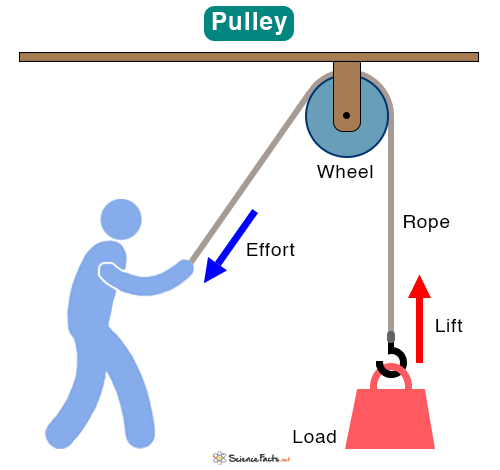Lens Maker’s Formula
The lens maker’s formula is a key concept in optics that helps explain how lenses are designed to focus light effectively. It defines the relationship between a lens’s focal length, its material properties, and its curvature. It is expressed as:
Where:
– f is the focal length of the lens.
– n is the refractive index of the lens material.
– R1 and R2 are the radii of curvature of the two surfaces of the lens.
Example
An example of the lens maker’s formula application is in the design of eyeglasses. For a person with hyperopia (farsightedness), a convex lens is used to correct their vision by converging light rays onto the retina. By using the lens maker’s formula, an optician can determine the appropriate curvature and material to create a lens with the precise focal length needed to correct the individual’s vision.
Assumptions
- Thin Lens Approximation: The lens is assumed to have negligible thickness compared to its radius of curvature and focal length. It simplifies the calculations by eliminating complexities due to lens thickness.
- Lens in Air: The surrounding medium is assumed to be air with a refractive index of 1.
Derivation
The lens maker’s formula is derived by considering how light refracts as it passes through a thin lens. A lens with a given focal length is composed of two spherical surfaces, each with a radius of curvature (R1 and R2), and is made of a material with a refractive index (n). The formula connects the focal length (f) of the lens to these parameters.
Refraction at the First Surface:
When a ray of light enters the lens at the first spherical surface with radius of curvature R1, it bends according to the equation for refraction at a spherical surface:
Where:
– u is the object distance.
– v1 is the image distance.
Assuming the object is at infinity (u → ∞), the equation simplifies to:
Refraction at the Second Surface:
The light ray then passes through the second spherical surface with a radius of curvature R2. The image formed by the first surface effectively becomes the object for the second surface without significant displacement.
For this surface, the refraction equation is:
Where:
– v is the final image distance.
– v1 is now the object distance for the second surface.
Combining the two equations, we get
Since the focal length of a lens is defined as the image distance when the object is at infinity (u→∞), we replace 1/v with 1/f:
-
References
Article was last reviewed on Tuesday, December 10, 2024








